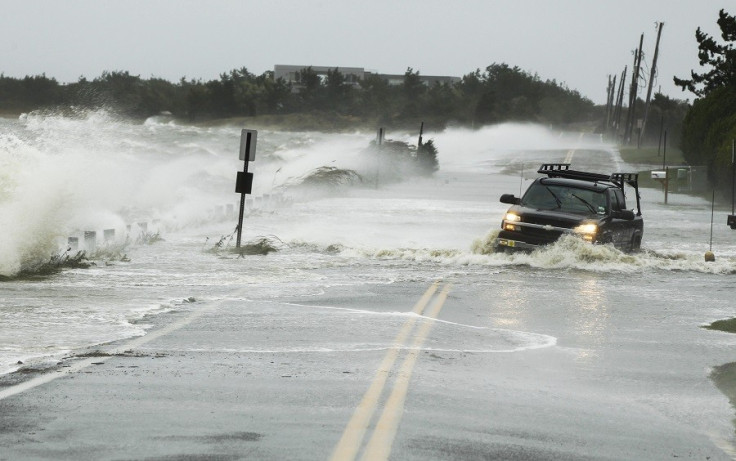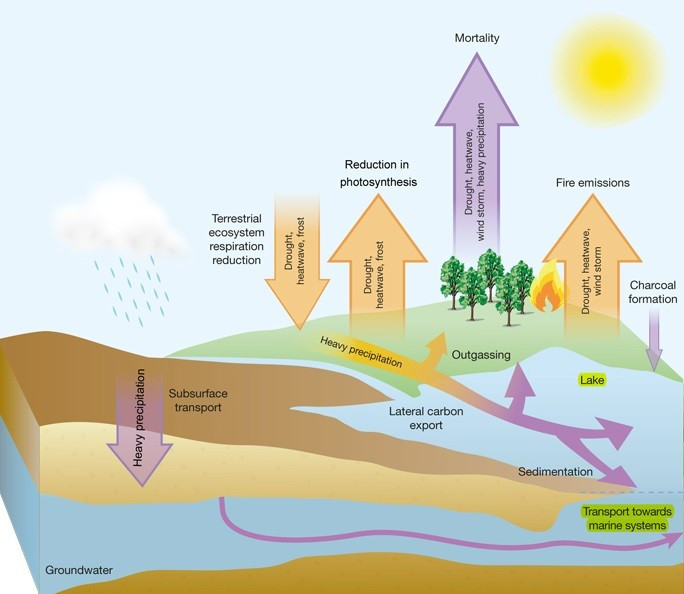Extreme Weather: Atmospheric CO2 in Vicious Circle of Climate Change

Excess carbon dioxide in the atmosphere causes extreme weather events such as droughts, heatwaves, violent storms and heavy rain.
But these events also result in the release of more CO2, reinforcing climate change as a result, researchers at the Max Planck Institute for Biogeochemistry in Jena, Germany have found.
Extreme weather such as droughts, heatwaves, storms and heavy rain have not become more frequent as a result of climate change but experts say they will in the near future. As a result, more CO2 will enter the atmosphere - which will lead to more extreme weather.
In 2003, central and southern Europe experienced a heatwave. Scientists were able to document how the heat and drought affected the exchange of CO2 between terrestrial ecosystems and the atmosphere (otherwise known as the carbon cycle).
They found that extreme weather had a much greater impact on the carbon cycle than was previously thought, leading them to consider whether these events had a greater impact on the carbon balance than was previously estimated.
In a study led by Markus Reichstein, director of the Max Planck Institute, researchers found ecosystems absorb 11 billion tonnes less CO2 every year because of extreme weather events - equivalent to a third of the total global CO2 emissions each year.

Using satellite images from 1982 to 2011, as well as data from 500 recording stations that monitor Co2 concentrations in the air, scientists were able to calculate how much carbon an ecosystem absorbs and releases in the form of Co2.
They then fed their results into complex computer models to establish the effect of extreme weather on the carbon balance.
Findings showed that the effect is huge, with ecosystems absorbing 11bn fewer tonnes of CO2 than when there is no extreme weather. Reichstein said: "That is roughly equivalent to the amount of carbon sequestered in terrestrial environments every year. It is therefore by no means negligible."
He added: "We have found that it is not extremes of heat that cause the most problems for the carbon balance, but drought."

The researchers say drought causes immediate damage to trees and makes them less resistant to fires and pests. Forests are also slower to recover from fire or storms than other ecosystems.
Reichstein said: "As extreme climate events reduce the amount of carbon that the terrestrial ecosystems absorb and the carbon dioxide in the atmosphere therefore continues to increase, more extreme weather could result. It would be a self-reinforcing effect."
They now plan to investigate the consequences of extreme weather events and how ecosystems respond. Michael Bahn, from the University of Innsbruck, said: "These experiments have already been carried out, but mostly they only look at extreme events which occur once in a hundred years.
"We should also take account of events which so far have only happened once in 1,000 or even 10,000 years, because they are likely to become much more frequent towards the end of this century."
© Copyright IBTimes 2025. All rights reserved.






















